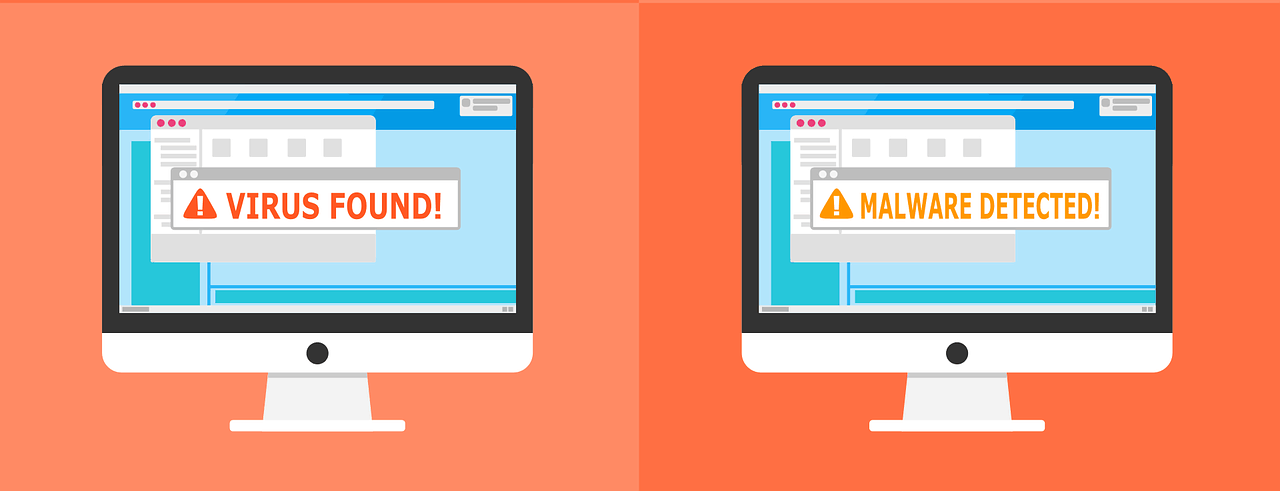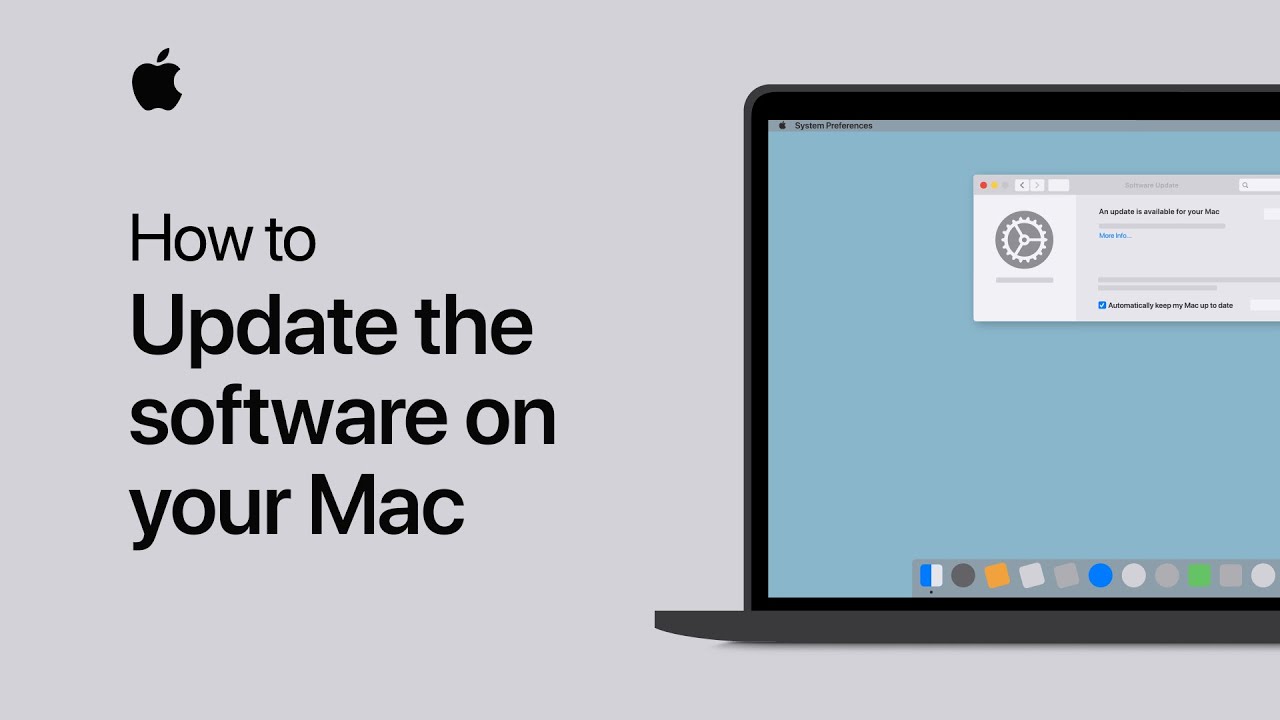Windows 10 incorporates Windows Defender, Microsoft’s implicit antivirus. The “Antimalware Service Executable” measure is Windows Defender’s experience cycle. This program is otherwise called MsMpEng.exe and is essential for the Windows working framework.
Table of Contents
What Is Antimalware Service Executable?
As the name infers, it assists with shielding your PC against malware and other infection dangers. It shows up in Task Manager as MsMpEng.exe and is the foundation interaction for the built-in Microsoft Defender antivirus device. Microsoft Defender was some time ago known as Windows Defender. It’s intended to work like other antivirus devices by running continually behind the scenes. This assists with shielding you from dangers progressively. While it’s running, it filters any documents you open or download, checks your framework for likely dangers, refreshes itself and other normal antivirus errands.
During outputs and updates, the antimalware interaction utilizes more assets. This is normal among a wide range of antivirus devices. During top utilization, they will, in general, utilize more assets. Nonetheless, the user should return down after a sweep or update. As you can see above, RAM utilization went up while I was running an update. This dropped back around 150 MB and less after the update was done.
Why Is Antimalware Using So Much CPU?
If you see this interaction utilizing many CPU or plate assets, it’s probably checking your PC for malware. Like other antivirus instruments, Windows Defender performs standard foundation sweeps of the records on your PC.
It likewise checks documents when you open them and consistently introduces refreshes with data about new malware. This CPU utilization could likewise show that it’s introducing an update or that you just opened an especially huge record. Windows Defender needs some additional chance to break down.
For the most part, Windows Defender performs foundation checks just when your PC is inactive and isn’t being utilized. Be that as it may, it might, in any case, utilize CPU assets performing updates or filtering records as you open them, even while you utilize your PC. In any case, the foundation filters shouldn’t run while you’re utilizing your PC.

Step by step instructions to fix high CPU utilization
The Antimalware Service Executable process assumes a significant part in the Windows Defender Service that comes packaged with Windows 10 (and, notwithstanding the similitudes in name, is totally inconsequential to Emsisoft Anti-Malware!). In any case, it’s likewise notorious for burning through definitely too much CPU preparing power and can, even without any help, lessen your PC’s speed to a frigid creep. If you’re a Windows Defender client and have seen high CPU use for strangely extensive stretches of time, you’ll be satisfied to realize that the issue can undoubtedly be settled.
What is the msmpeng.exe Antimalware Service Executable?
Do you utilize Windows Defender to secure your PC? If thus, open up the Windows Task Manager (Ctrl + Shift + Esc or Start Menu > Task Manager), look through the rundown of foundation cycles, and you will discover an interaction called sits comparing record msmpeng.exe.
This cycle permits Windows Defender to constantly screen your PC for expected dangers and give continuous insurance against malware and cyberattacks. Simultaneously nonetheless, it can likewise be the reason for excessively high CPU utilization.
Another Windows Defender includes that might be answerable for hindering your framework is its Full Scan, which plays out a complete check of all records on your computer. Full Scan relies intensely on the CPU and isn’t reluctant to utilize whatever assets your framework has accessible; thus, you may encounter slack, deferrals, hanging and other framework disturbances when it is running.
While it is ordinary for antivirus projects to devour framework resources when running an output, Windows Defender is far greedier than most. It is known to utilize exorbitant CPU for longer timeframes and complete outputs right when you’re awakening the PC to send an email or check a site rapidly.
Ways to fix:
Change Windows Defender’s planning alternatives
For the vast majority, the high memory utilization caused by it typically happens when Windows Defender is running a full output. We can cure this by booking the sweeps to happen when you’re more averse to feel the channel on your CPU.
Add Antimalware Service Executable to Windows Defender’s prohibition list.
During its outputs, Windows Defender checks each and every document on your PC – including itself. This can once in a while bring about some fascinating cooperations and is a typical wellspring of framework slack. You can just train Windows Defender to skip itself when playing out a framework check to keep this from occurring.
Disable Windows Defender
If the issue endures in the wake of applying the initial two fixes, you may be enticed to depend on crippling Windows Defender out and out. Remember that doing as such leaves you helpless against a scope of cyberattacks. Hence, it’s important that you introduce a viable enemy of malware item on your PC prior to eliminating Windows Defender.
Check for malware contaminations.
It’s conceivable that something more malignant is making Windows Defender upset your PC’s exhibition. Run a full framework examination utilizing a legitimate and lightweight enemy of malware arrangement such as Emsisoft Anti-Malware (we have a 30-day free preliminary accessible) to check your PC for any malware that might be influencing your PC’s capacity to run as planned and securely.
Would it be a good idea for you to Disable the Process?
However long the interaction isn’t running hard constantly, it’s alright to leave it empowered. Nonetheless, if you’re having issues with steady asset use, you might need to impair it. It’s totally alright to impair the interaction and even Microsoft Defender. While it’s underlying, you’re not needed to utilize it. Before you do this, though, install an option antivirus device. Else, you’re leaving your framework defenseless. With the right precautions, you can be protected without antivirus, yet an additional layer of security is consistently pleasant.
- You can briefly incapacitate the interaction inside Task Manager; in any case, it will restart when you reboot your PC.
- End the undertaking if it’s raising a ruckus by pressing Win + X to open the Power User menu. Select “Errand Manager.”
- Right-click and select “End task.”
- This impairs Microsoft Defender for the remainder of your meeting.
Impair Microsoft Defender
If you’d prefer not to utilize Microsoft Defender, you can debilitate it for a brief time. This stops the Antimalware Service from running. It will not uninstall Microsoft Defender – simply impair it. For certain clients, it stays off after a restart, yet normally, it walks out after a restart.
- Go to “Settings – > Update and Security – > Windows Security.”
- Select Open Windows Security in the right sheet to open Microsoft Defender settings. Pick “Infection and danger insurance.”
- Select “Oversee settings” under “Infection and danger insurance settings.”
- Switch off “Continuous security” and “Cloud-conveyed assurance.”
By and by, this is simply transitory. You can incapacitate it forever by means of the Group Policy Editor, yet this isn’t accessible in Windows 10 Home version. In some more up-to-date forms of Windows 10 Pro, even the Group Policy alternative is inaccessible.
Introduce Third-Party Antivirus
If you introduce another antivirus device, it might impair Microsoft Defender for you. At whatever point an antivirus device isn’t viable with Microsoft Defender, it incapacitates itself to permit you to utilize the other. Some antivirus devices are viable, which means the two run together.
Taking care of Antimalware Service Executable Usage Problems
Since you can’t for all time debilitate the service, you’ll need to address the high utilization blunder another way. The most effortless arrangement is to refresh Microsoft Defender. These are remembered for Windows Updates. Introduce the furthest down-the-line updates to fix any issue you might be having.
If you presume you may, as of now, have a virus, download and run the Microsoft Safety Scanner apparatus. An infection that moved beyond Microsoft Defender could be unleashing destruction with it. This instrument incorporates the most recent infection definitions to remove malware and get your framework back to the ordinary.
By and large, it is nothing to stress over. If you’re not content with Microsoft Defender, just change to another antivirus device, all things considered.

Is It a Virus?
We haven’t seen any reports of infections claiming to impersonate the cycle. Windows Defender is itself an antivirus, so it ought to preferably leave any malware endeavoring to do this speechless. However long you’re utilizing Windows and have Windows Defender empowered, it’s entirely expected to run. If you’re truly concerned, you can generally run a sweep with another antivirus application to affirm nothing pernicious is running on your PC.
Conclusion
Windows Defender is a significant instrument, especially since it comes free with your working framework, yet it can absolutely put a channel on your framework’s CPU. By following the means portrayed in this article, you’ll have the option to assume responsibility for Antimalware Service Executable and keep your PC running at max throttle.




